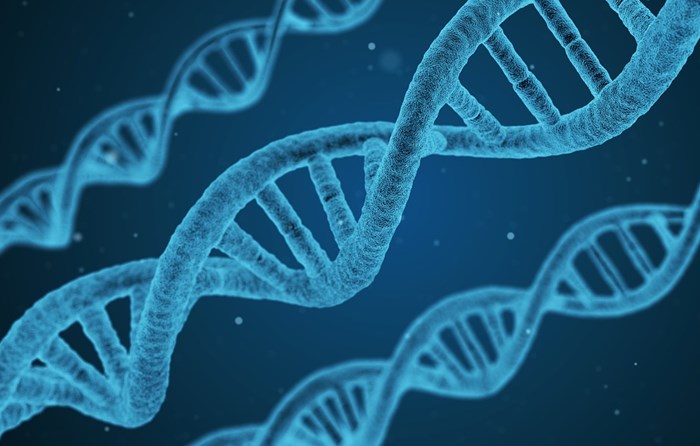
In an important breakthrough, scientists in the United Kingdom have managed to create 3D models of mammalian genomes from individual cells. They used the mouse genome found in stem cells to create the model.
Dr. Tim Stevens and colleagues from the University of Cambridge used advanced imaging techniques and measurements to understand how the DNA is folded together. This new model will be useful for helping scientists understand gene expression — giving them insight into how certain diseases work. This knowledge could help other scientists develop new stem cell therapies.
Cells within the human body all contain the same DNA molecules. However, there are many types of unique cells that act differently. A skin cell acts very different to a nerve cell or fat cell — despite it having the same genes.
These cells are different because of gene regulation. It controls which genes are expressed from our DNA. A skin cell will simply express different genes compared to a fat cell, giving it different characteristics and capabilities.
This 3D model built from stem cells will allow scientists to more easily understand how genes are expressed. They will be able to identify regulatory regions in the DNA and view how spatial contact affects which genes are activated.
Because stem cells are the “master cells” within the body, they contain all of the components involved in gene expression. They offer a complete picture of what is going on. While embryonic stem cells are the most powerful type of stem cells, they aren’t used in stem cell therapies on humans because of ethical considerations.
Once scientists understand the molecular mechanisms that control gene expression, they will be able to treat a range of diseases that are currently incurable. This could be very beneficial for developing new stem cell therapies.
Source: The First 3D Structure of Active DNA could advance Stem Cell Therapies
{{cta(‘010124f3-c9bc-4a23-b9fc-74953e6288c9’)}}


